Nationality Canadian/American | Name Yvonne Brill | |
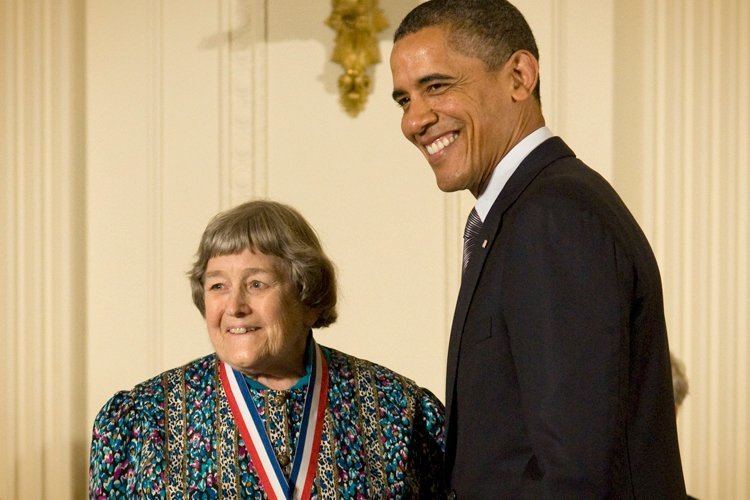 | ||
Full Name Yvonne Madalaine Claeys Born December 30, 1924 ( 1924-12-30 ) Winnipeg, Manitoba | ||
Yvonne brill
Yvonne Madelaine Brill (née Claeys; December 30, 1924 – March 27, 2013) was a Canadian-American propulsion engineer best known for her development of rocket and jet propulsion technologies. During her career she was involved in a broad range of national space programs in the United States, including NASA and the International Maritime Satellite Organization.
Contents
- Yvonne brill
- Yvonne brill national medal of technology innovation
- Early life
- Career
- Awards and honors
- Death
- References
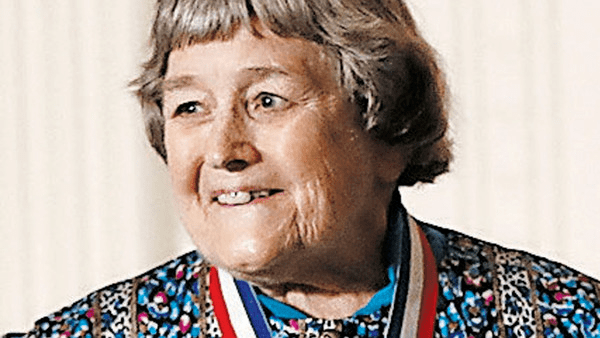
Yvonne brill national medal of technology innovation
Early life
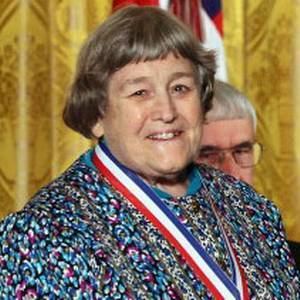
Yvonne Madelaine Claeys was born in Winnipeg, Manitoba. Her parents were immigrants from Belgium. She attended the University of Manitoba, but was barred from studying engineering because of her gender, so she studied chemistry and mathematics.
Career
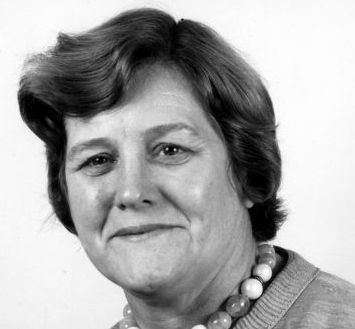
Brill's work in satellite propulsion systems resulted in a number of significant developments. She developed the concept for a new rocket engine, the hydrazine resistojet, and she proposed the use of a single propellant because of the value and simplicity that it would provide. Her invention resulted in not only higher engine performance but also increased reliability of the propulsion system. Due to the reduction this created in propellant weight requirements this resulted in either increased payload capability or extended mission life.
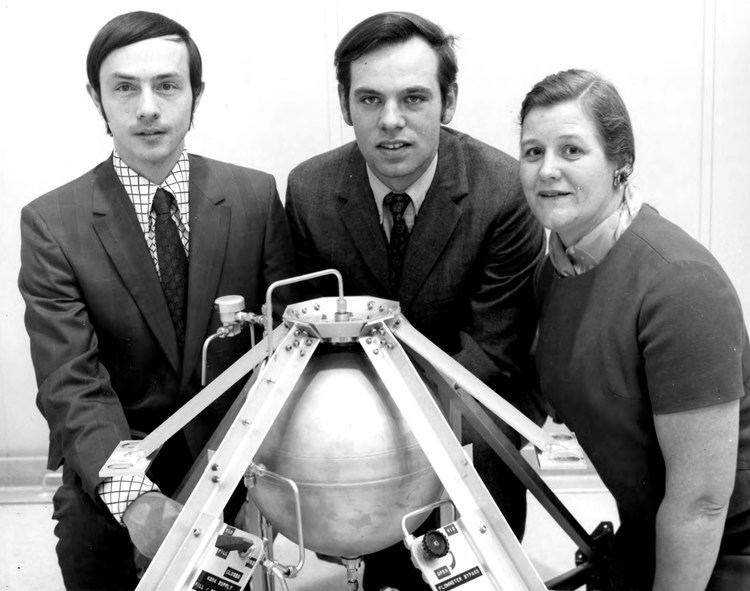
As a result of her innovative concepts for satellite propulsion systems and her breakthrough engineering solutions, Brill earned an international reputation as a pioneer in space exploration and utilization. Brill invented the hydrazine resistojet propulsion system in 1967 for which she holds U.S. Patent No. 3,807,657. Her invention became a standard in the industry, and has translated into millions of dollars of increased revenue for commercial communications satellite owners.
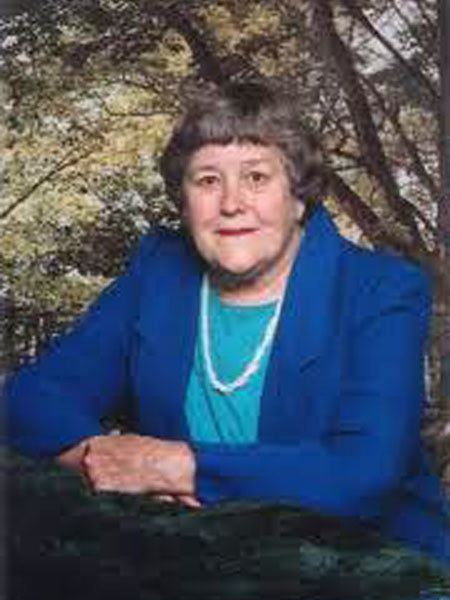
Brill contributed to the propulsion systems of TIROS, the first weather satellite; Nova, a series of rocket designs that were used in American moon missions; Explorer 32, the first upper-atmosphere satellite; and the Mars Observer, which in 1992 almost entered a Mars orbit before losing communication with Earth.
Awards and honors
Brill was awarded the AIAA Wyld Propulsion Award (2002) and the American Association of Engineering Societies John Fritz Medal (2009). In 1980, Harper's Bazaar and the DeBeers Corporation gave her their Diamond Superwoman award for returning to a successful career after starting a family. In 2001 she was awarded the NASA Distinguished Public Service Medal. In 2011 President Barack Obama presented her with the National Medal of Technology and Innovation.
She was elected to the National Academy of Engineering in 1987. She received the Achievement Award, the highest honor of The Society of Women Engineers (SWE), in 1986 and was named a SWE Fellow in 1985.
The Yvonne C. Brill Lectureship of the American Institute of Aeronautics and Astronautics (AIAA) is named in her honor and presented annually.
Death
A longtime resident of the Skillman section of Montgomery Township, New Jersey, Brill died of complications of breast cancer in Princeton, New Jersey.
An obituary of Brill published in the March 30, 2013 issue of the New York Times originally began: "She made a mean beef stroganoff, followed her husband from job to job and took eight years off from work to raise three children". The obituary was heavily criticized for leading with and overemphasizing Brill's gender and family life, rather than her scientific and career accomplishments and was cited as an example of an article that failed the Finkbeiner test. The Times later dropped the reference to her cooking and changed the lead of the article.
